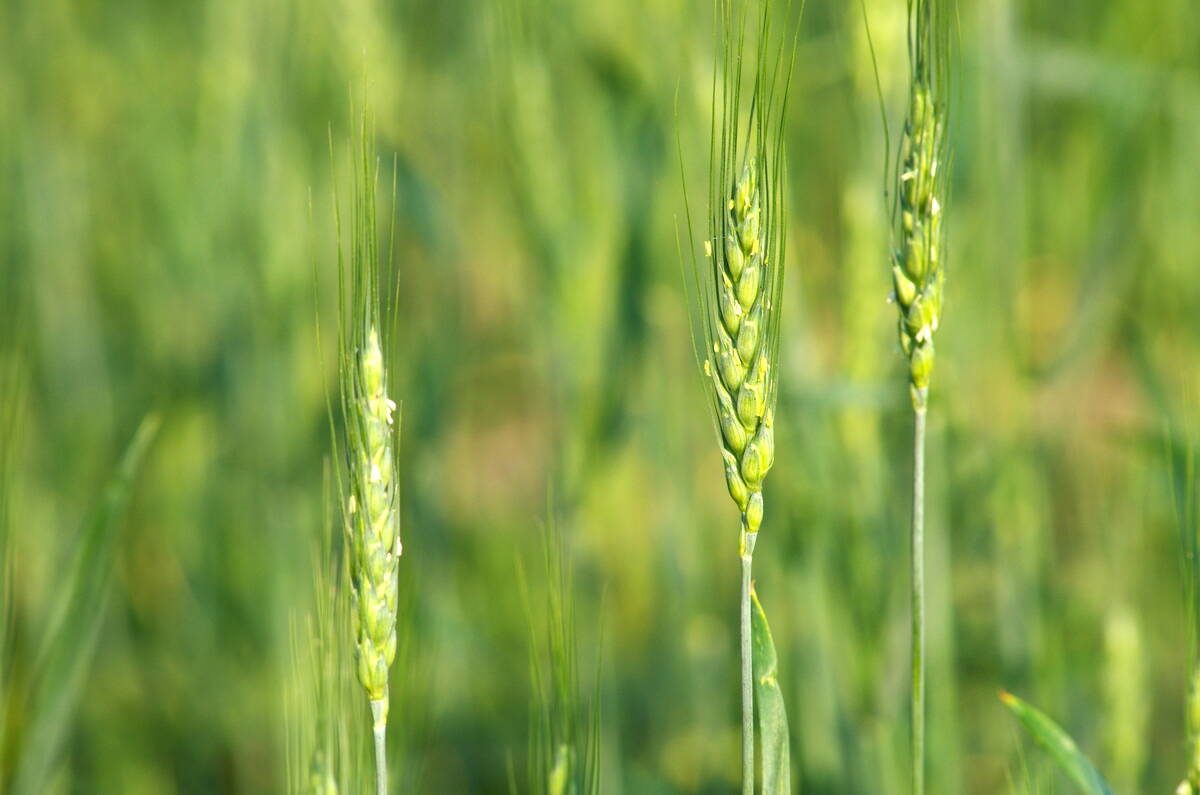Placements rose three per cent in February
Cattle supplies in U.S. feedlots rose to their highest in four years last month, a U.S. government report showed March 23, as surging prices in the cash market and improved wheat pastures in the drought-stricken southern Plains lifted placements.
The U.S. Department of Agriculture’s cattle-on-feed report showed that placements rose three per cent to 1.71 million head — the biggest rise in February in four years — slightly higher than 2.7 per cent expected by analysts polled by Reuters.
Read Also

Code cracked on nitrogen-fixing wheat?
U.S. crop breeders have created a wheat variety capable of fixing its own nitrogen rather than relying on fertilizer.
The March 1 cattle supply at feedlots surveyed by the USDA rose by three per cent from a year ago to 11.7 million head — the largest in four years and above the 2.3 per cent increase expected by analysts.
Analysts said the bigger-than-expected rise in feedlot supplies could pressure Chicago Mercantile Exchange live cattle futures.
“Overall the report can be regarded as somewhat negative. The placements were pretty much what people were looking for but the on-feed and marketings give it a negative tone,” said Dan Vaught with Vaught Futures Insights.
“Ultimately, the reason people were looking for increased placements had to do with fed cattle (prices) reaching all-time highs in the second half of February,” said Vaught.
“With the increased numbers in placements, 98 per cent on the marketing and significant beef in storage, the optimism (for futures) has to come from warm weather that has to boost demand for grilling,” said Jason Roose, analyst at U.S. Commodities.
On March 22, USDA data showed total beef stocks in February at 466.1 million pounds compared with 459.83 million last year, but February stocks were not as high as expected by some analysts.
Roose said the 152 per cent in cattle disappearance from a year ago represented cattle that had entered feedlots but returned to pastures for fattening.
“We had a lot of cow liquidation over the past year because of drought in places like Texas. But it looks like parts of that state started to improve, and we’ve been seeing good pastures in the remainder of the country,” said Roose.














